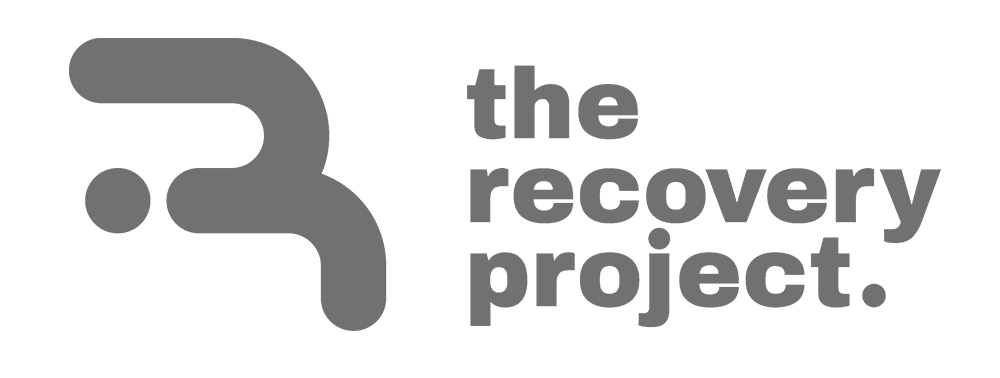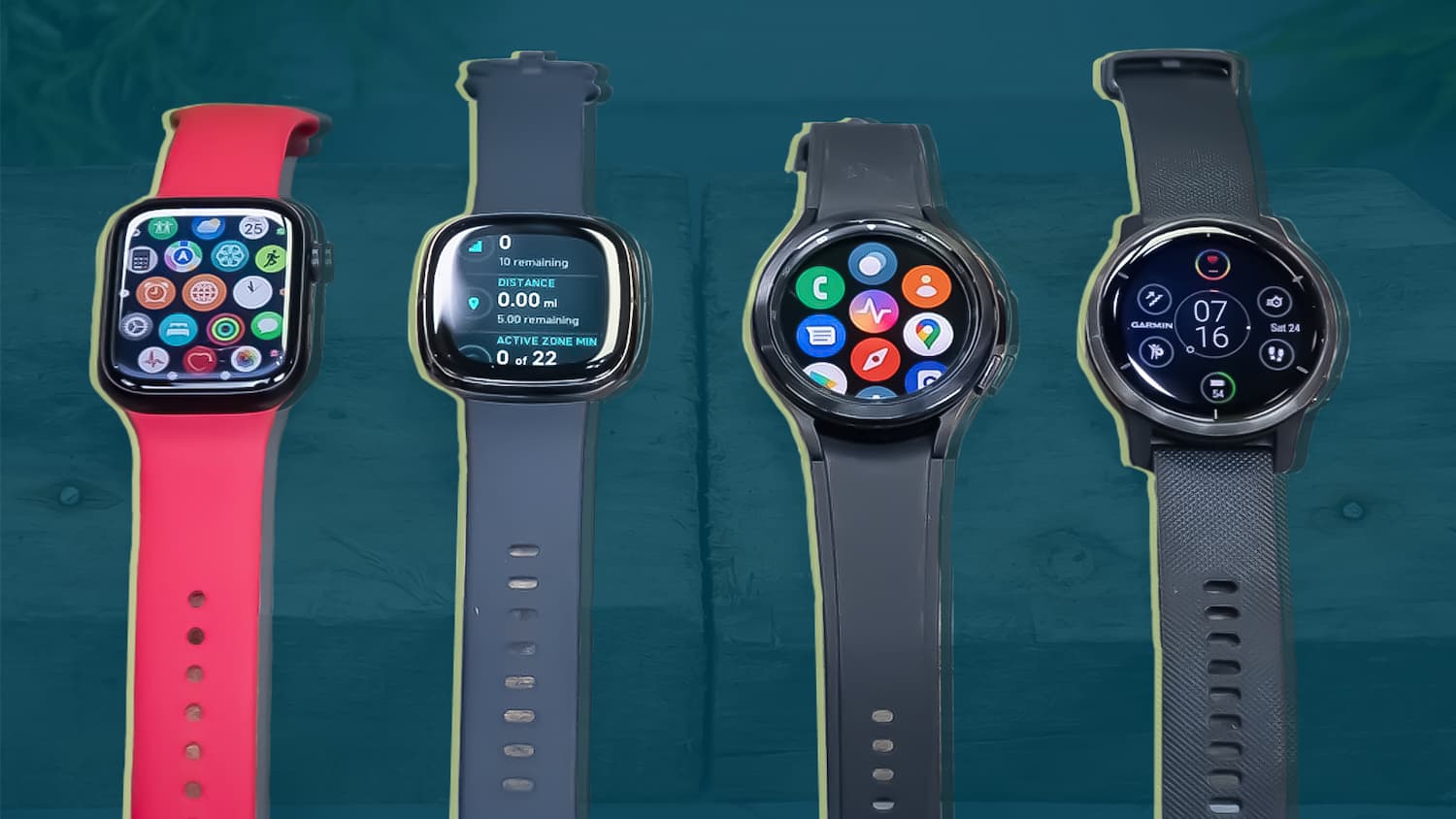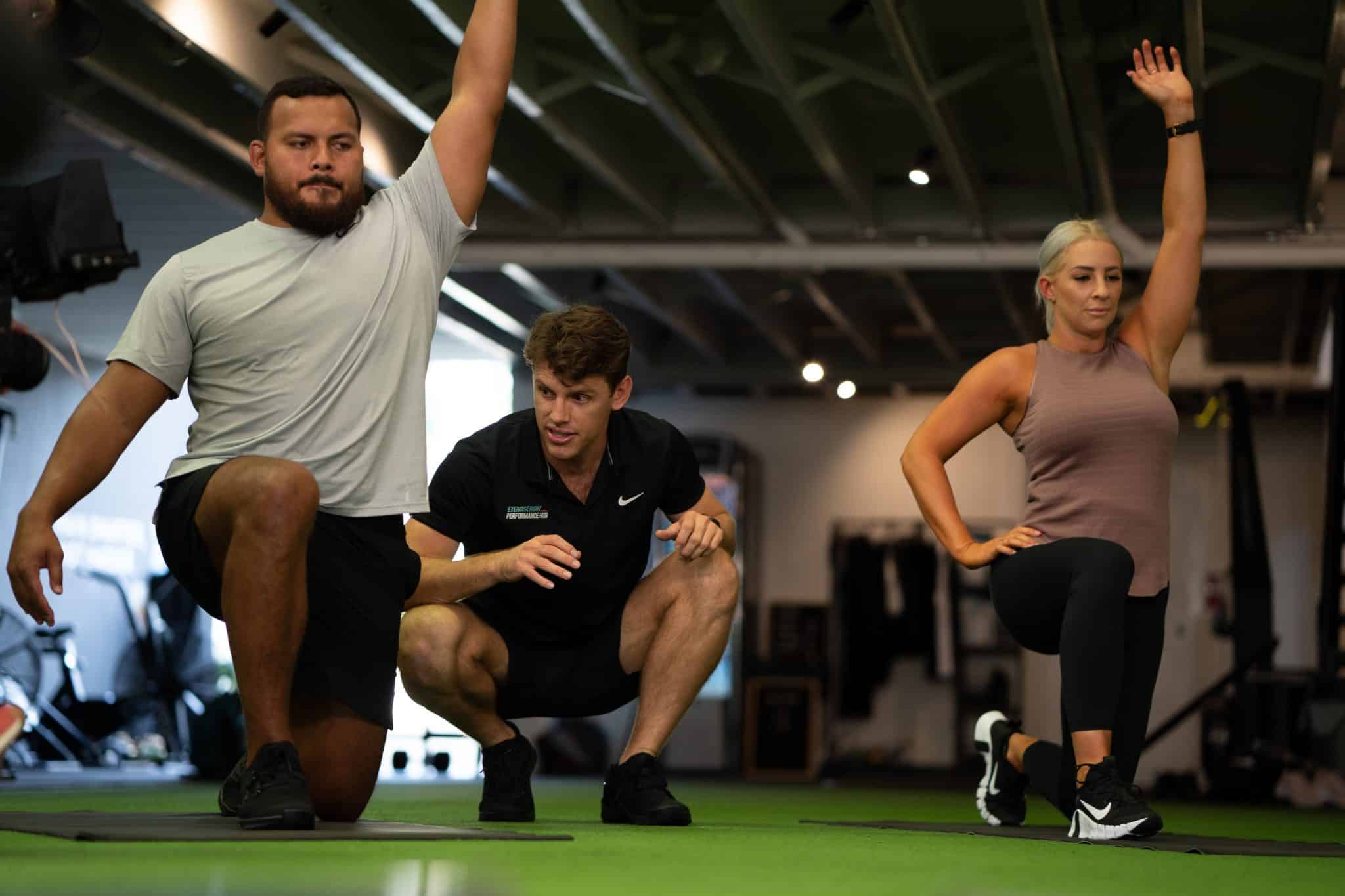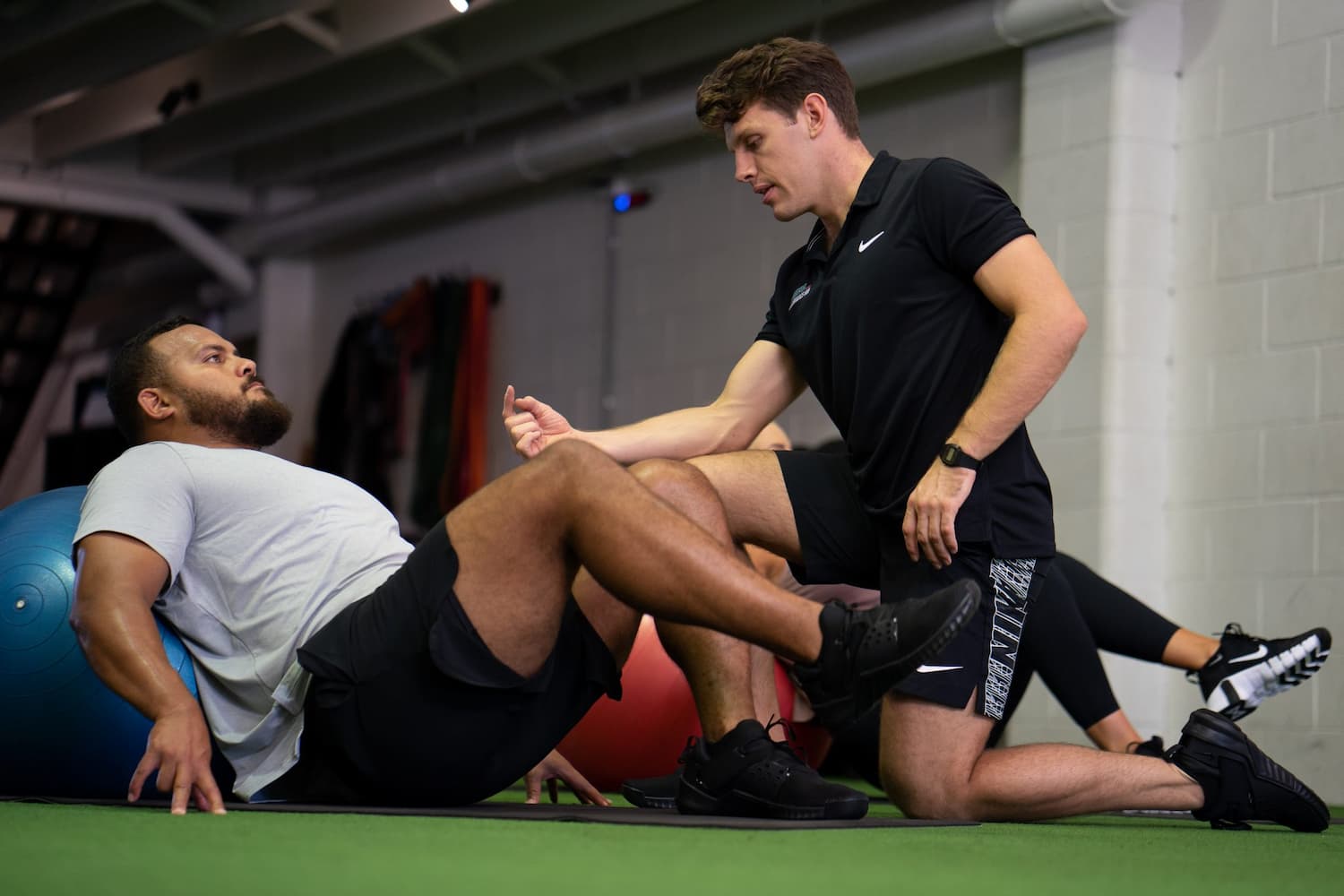This post was originally published by Sport Smith, written by Dean Miller and Peter Fowler from The Recovery Project. The original post can be read here. This article is proudly supported by RockDaisy.
Sleep is essential for the brain and body. Studies including 1-2 nights of total sleep deprivation or 1-2 weeks of partial sleep restriction have consistently demonstrated the importance of sleep for both mental and physical health [1,2]. There is also sufficient evidence to suggest a detrimental effect from one or more nights of total sleep deprivation and a beneficial effect of chronic sleep improvement (i.e., employing strategies that improve sleep over weeks or months) on sport-specific and physical performance [3–5].
More than 80% of all peer-reviewed publications on sleep and athletic performance have been published in the last 10 years, with a recent Consensus Statement on "Sleep and the Athlete" reporting over 1,000 papers using the search terms “sleep” and “athlete” [6].
Similar to previous explosions of interest in other areas of athlete health and performance (GPS comes to mind), there has been a corresponding explosion in technology to assess sleep. As a result, we’ve found ourselves in a similar position as we were – and still are – with GPS tracking. There is a pressure within sports organisations to be measuring something…anything…in regards to sleep.
Despite being often asked “which is the best sleep monitoring option,” sports practitioners should combine several sleep assessment tools as part of an overall sleep screening process.
Relying solely on wearable technology for monitoring and evaluation is not the best way to improve your athletes’ sleep. Instead, wearables should be a non-essential part of a holistic sleep screening process
@fowlerp85 and @drdeanjmiller
Sleep screening process: Integrated approach to evaluating sleep
Relying solely on wearable technology for monitoring and evaluation is not the best way to improve your athletes’ sleep. Instead, wearables should be a non-essential part of a holistic Sleep Screening Process that includes both objective and subjective monitoring tools.
Step 1
- Sleep education should occur multiple times throughout the season, and can be in the form of presentations, informal sessions and information sheets.
Step 2
- Start with questionnaire-based sleep screening during pre- and post-season evaluations, and as needed during the season.
- The Athlete Sleep Screening Questionnaire (ASSQ) is a validated clinical tool to flag athletes who need further help from a sleep specialist.
Step 2A
- The questionnaire you use should identify athletes with sleep problems using validated thresholds. For example, the ASSQ categorises athletes into no, mild, moderate and severe clinical sleep problem. Athletes with no sleep problem can go back to Step 1 (Sleep Education) to determine what areas to focus on.
Step 2B
- If the athlete has a moderate to severe sleep problem, practitioners should refer them to a sleep professional right away due to the potential wait times and duration of treatment.
Step 3
- Identify sleep improvement and optimisation strategies based on the athlete’s sleep insufficiencies or poor sleep habits.
- The Athlete Sleep Behaviour Questionnaire (ASBQ) identifies maladaptive sleep behaviours, and has been validated in an athlete sample.
- Be cautious with athletes who have moderate to severe sleep problems, as identifying insufficiencies can make the problem worse, e.g. recommending more sleep when the athlete has insomnia.
Step 3A
- Ideally, athletes with a moderate to severe clinical sleep problem should consult with a sleep medicine physician specialising in athletes.
Step 3B
- Once the specialist makes a diagnosis, different treatments are available and can help the athlete optimise sleep.
Step 4
- Tracking sleep via logs or a monitor may not be necessary for athletes with a mild sleep problem, but they can provide feedback to help the athlete make any productive changes in behavior or habits.
- The practitioner must be able to properly interpret the data and understand the limitations of the sleep logs or monitor, which should be validated against polysomnography.
How accurate is my sleep monitoring wearable?
What are sleep wearables actually measuring?
It is important to appreciate how difficult it is to acquire, analyse and interpret sleep data from anywhere other than the brain. The gold standard is polysomnography (PSG), which uses eye movements, brain wave oscillations, muscle tone and manual human scoring to measure sleep.
Until recently, the most common alternative to PSG for measuring sleep was actigraphy, also known as activity monitors.
Activity monitors are single sensor, accelerometry based devices that provide two-state detection (sleep or wake) by assuming that activity is substantially lower during sleep compared to wakefulness. While activity monitors are great at determining when a person is asleep, many validation studies have shown that they are not as good at detecting when someone is very still but awake. This is where modern wearables come into the frame.
Modern wearables are multi-sensor devices. At a minimum they contain an accelerometer to obtain actigraphy data and green or infrared LEDs paired with photodiodes to obtain photoplethysmography data (blood volume). This additional data stream allows for calculating metrics that fluctuate during sleep, such as heart rate and heart rate variability. This should improve the ability of wearables to differentiate between wake, sleep and even specific sleep stages compared to actigraphy. But how well do they actually do this?
Recent wearable validation research
While such comparisons can provide some insight, they are not a gold standard comparison. For example, wearable validations are mostly performed across different sleep laboratories with differing sleeping environments, participants and sleep scorers. Such validations are useful for determining a device’s validity in those conditions, but are less useful for gauging the device’s performance compared to other wearables that were similarly validated in different settings.
More broadly, any wearable-to-wearable comparisons without reference to PSG are essentially useless for assessing validity (although reliability is a separate matter).
The gold standard comparison is simultaneous data collection from multiple wearables and PSG because it keeps participants sleeping environment and sleep timing constant. This was the method for a recent study at Central Queensland University’s Appleton Institute for Behavioural Science, in partnership with the Australian Institute of Sport [11].
53 healthy young adults spent one night in the Appleton Institute Sleep Laboratory. They spent nine hours in bed while wearing:
- PSG equipment
- Apple Watch S6 (+ third party “SleepWatch” app)
- Garmin Forerunner 245 Music
- Polar Vantage V
- Oura Ring G2
- WHOOP 3.0
- Somfit
Data were taken from each device and their associated systems, while PSG data were manually scored in 30-second intervals (i.e., epochs) as either wake, light sleep (N1 & N2), slow wave sleep (N3) and rapid eye movement (REM). PSG and wearable data were aligned in the 30-second intervals to compare sleep and sleep stage.
All six wearables are valid for estimating sleep duration. That is, they perform similarly to or better than commonly used research grade actigraphy.
All devices detected >90% of sleep epochs (sensitivity), but Polar, Oura Gen 2, WHOOP 3.0, and Somfit outperformed Apple Watch and Garmin for detecting wake epochs (specificity).
All devices have scope to improve their estimation of sleep stages. The devices with higher relative agreement for multi-state sleep – the Oura Gen 2, WHOOP 3.0 and Somfit – may be used to monitor for sustained, meaningful changes in the time spent in different stages of sleep, known as sleep architecture.
The Oura Gen 2, WHOOP 3.0 and Somfit devices had higher relative agreement for multi-state sleep and may be used to monitor for sustained, meaningful changes in the time spent in different stages of sleep
@fowlerp85 and @drdeanjmiller

What sleep variables should I focus on to improve athlete sleep?
Wearable devices are now a practical way to measure sleep outside of the laboratory. But as a practitioner, you need to decide which sleep variables to focus on to help your athletes optimise their sleep. We’re going to go beyond the typical scientist answer of “it depends” and say “it depends on the specific scenario.”
Scenario 1: “I want to track my athletes’ sleep to gain a general understanding of their sleep patterns.”
Variables to track: Bed time, wake time and sleep duration
If you are interested in tracking your athletes’ sleep with a wearable, it is important to monitor for sustained, meaningful changes in sleep-wake behaviour.
Most wearables use automatic detection of sleep to initiate data collection. Unless you are particularly concerned about how long it is taking your athletes to fall asleep (see scenario 2), you can use this automatic function, but monitor the following:
- Check whether the sleep and wake times from the wearable align with the athlete’s reports of going to bed and waking up. If feasible, keeping a sleep diary at the same time is a good idea. If the results seem incorrect (e.g, bed time is one hour before they attempted to sleep), manually adjust the sleep period to reflect the correct timing. Such misestimates may be due to wearable placement or pre-sleep behaviour, like watching a movie in bed.
- Even though wearables are improving their ability to measure sleep stages, place more importance on tracking sleep timing (bed and wake time) and sleep duration.
- If sleep / wake timing and sleep duration show meaningful changes like a high variability in sleep timing or reduced sleep duration over a sustained period of time, and the data appear to line up with the self-reported behaviour, the practitioner should take positive steps to address the issue.
Scenario 2: “My athlete is reporting that they are struggling to fall asleep.”
Variables to track: Sleep onset latency
You could use a wearable to examine this issue by looking at sleep onset latency (SOL), the time between first attempting to sleep and actually falling asleep.
Most wearables automatically detect sleep. But without intervention, wearables automatically detect the start of sleep, not the time it takes to fall asleep. To gain a more accurate estimation of SOL, your athletes should either:
- Manually start a sleep activity in the associated smart phone app when they are first attempting to sleep, that is, when they turn out the lights and are going to close their eyes, not when they first get into bed.
- Note the time when they are first attempting to sleep and manually adjust the sleep times within the app after waking up.
This will provide a start time or anchor for when they begin attempting to sleep, providing a more accurate estimate of SOL. If your athlete consistently registers SOL > 20 minutes, they require an intervention.
Scenario 3: “I want to gain insights about my athletes’ sleep quality.”
Variables to track: Light sleep, deep sleep, REM sleep
If your athletes are sleeping well, with consistent sleep times and no daytime sleepiness, you probably do not need to pay too much attention to sleep stages. But if you notice a (subjective) change for the worse in an athlete’s sleep or daytime functioning, you can:
- Look back at their sleep timing, duration and time spent in each sleep stage from at least two weeks when they were feeling and sleeping well.
- Look at the same data covering the period they felt the change in sleep or daytime functioning, and highlight any large shifts in data.
- If their data doesn’t return to baseline, and they continue to feel like they are not sleeping well, then they may require an intervention.
If you find that an athlete consistently obtains an abnormal amount of a certain sleep stage compared to others (e.g., <5% of SWS; refer to Ohayon 2004 [8] for normative range by age), their physiology may be outside of the device’s capabilities. In this instance, you should focus solely on sleep / wake metrics (refer to Scenario 1).
Recognize and respect the boundaries of sleep monitoring
Wearables have a place in the overall sleep monitoring process and can be used in different scenarios, or not at all. However, before you go strapping wearables to your athletes’ wrists, there are a few other pieces to consider.
Depending on the athlete and their personality, the daily feedback provided by these variables can potentially worsen sleep by making them obsessed with achieving perfect sleep, a condition known as orthosomnia. The danger is that daily notifications about their sleep data can modify their perception of their sleep. For example, based on their data they may think, “Oh, gosh, I didn’t sleep well. Should I be tired? Am I in a bad mood?”
It’s a vicious cycle. If they immediately feel they didn’t sleep enough, it could impact their mood for the day and, therefore, their performance.
Indeed, research has shown that “placebo sleep” is a real thing. During placebo sleep, regardless of your actual sleep quantity and quality, if you’re told you slept “above average,” your cognitive function is better than if you’re told you slept “below average” [21].
Therefore, you should consider if certain athletes are more likely to be affected by orthosomnia than others; or have conversations with the wearable provider about monitoring groups of athletes without them receiving daily feedback.
Additionally, to reduce the risk of orthosomnia, practitioner should not monitor sleep for prolonged periods. Two weeks is the standard in research studies and should be sufficient to gain an understanding of an athlete’s general sleep patterns at different stages across a season.
Another potential problem is that wearable devices just provide you with sleep information. They don’t provide you with a program for improving your athletes’ sleep, which tracks with research showing that health apps don’t necessarily make people healthier.
Based on the outcomes of the wearable sleep monitoring, either the practitioner needs to be sufficiently educated to deliver an effective sleep intervention program or the practitioner needs to bring in an external sleep specialist.
Another part of the minefield is that wearable companies have access to a lot of your data, in some cases 24/7. Practitioners should find out how their wearable companies share user data externally. In most cases, companies will utilise de-identified, aggregated datasets to share data through their own channels or through scientific mediums or collaborations (research publications, conference presentations). This is a responsible way for companies to handle your data, and should allay any concerns provided the company are open and transparent about it.
A related consideration is the type of wearable, and any additional data the user may be providing to the platform. Some devices aren’t just for sleep estimation, and may contain cameras, microphones or integrations with other third party apps that may request or access data.
The only information that is reasonable to request for estimating sleep is age, sex, weight and height.
Last, while pretty much all other sports science data collection occurs “at work” for an athlete, sleep monitoring begins to blur the lines. While sleep could be considered work as it is integral to an athlete’s health and performance, because the data is collected outside of work hours during an athlete’s private life, they may see it as an invasion of privacy. The practitioner or organisation should be extra cautious with this kind of data collection and how they introduce it to the athlete. Athlete education is integral to this point. In particular, taking every necessary step for them to be confident that their data will be kept secure and used for their benefit rather than against them. Don’t use the data to monitor and then punish them for going out on a night when they shouldn’t have!




Leave a comment
All comments are moderated before being published.
This site is protected by reCAPTCHA and the Google Privacy Policy and Terms of Service apply.